Introduction
When it comes to electrical connectors, NEMA sockets are common standardized connectors used mainly in North America. NEMA sockets are available in different pin counts, including 3-pin, 5-pin, and 7-pin. Electrical connectors play a vital role in modern society.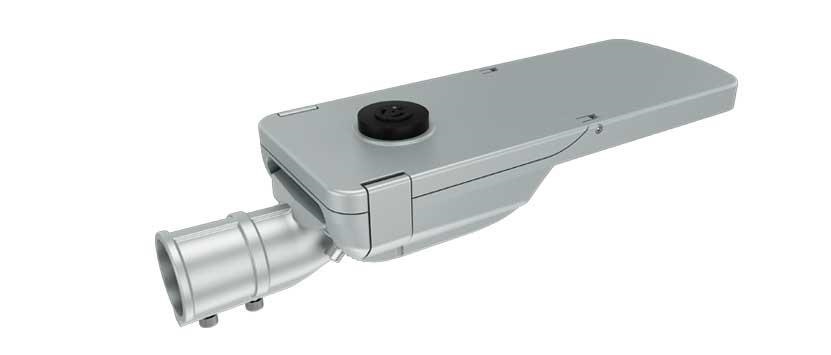
What is a NEMA socket?
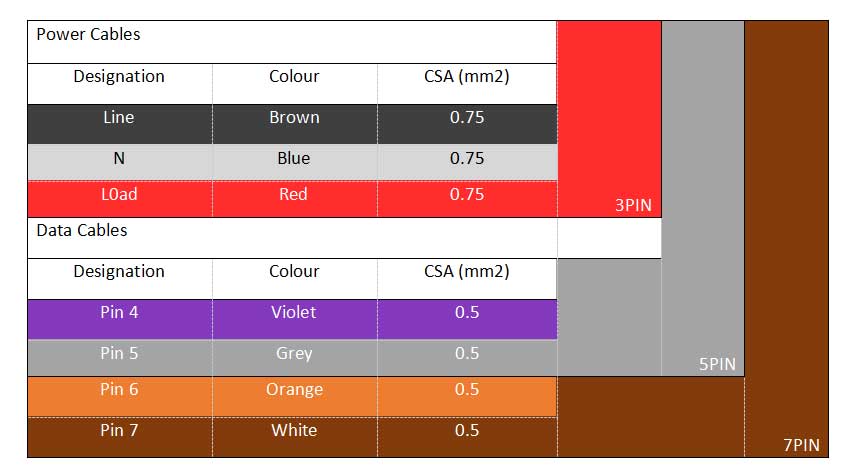
3 Pin Socket
The 3 Pin socket has 3 slots for plugging in the pins of the photocell to make the connection. This connects your input power to the photocell and the output of the photocell to a normally closed fixture. Once it gets dark, the photocell allows the input power to flow through the output side of the socket and your light turns on.
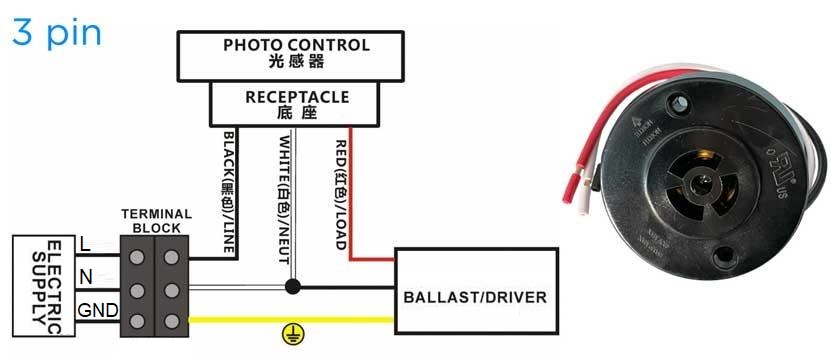
5 Pin Socket
The 5 Pin socket is exactly the same as the 3 Pin socket except it has 2 additional contacts on the face of the socket. These contacts have 2 additional wires on the back of the socket and are typically used to connect to the dimming leads on the LED driver but can also be used for other sensors inside the fixture housing where the socket is mounted.
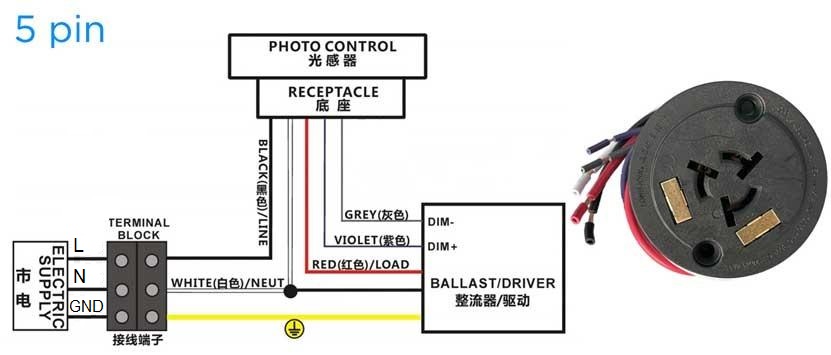
7 Pin Socket
Similar to the 3 Pin and 5 Pin sockets, the 7 Pin socket also has 3 slots but adds 4 additional contacts on the face of the socket and 4 additional wires on the back. This allows for dimming using other sensors inside the sensor housing or adding a dimming signal using the DALI protocol.
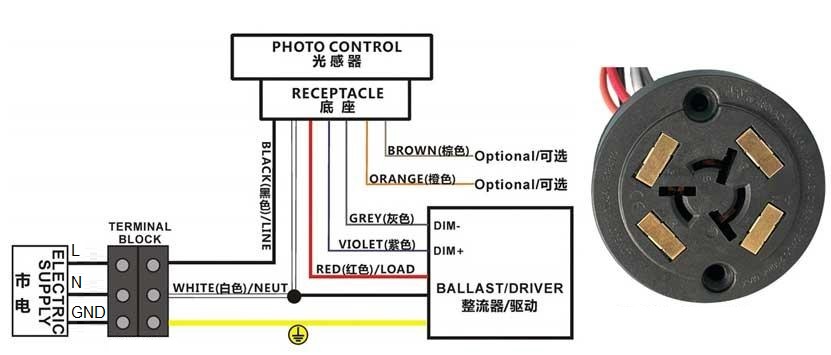
How to Choose the Right NEMA Socket (Why 5 PIN or 7 PIN)?
Most outdoor lighting jobs can be handled with a standard photocell that turns the light on at night and off in the morning, where a standard 3-pin NEMA base is sufficient. But times are changing, and so are regulations. Dimming controls, transmitting data, and more are becoming standard in many areas to meet regulatory requirements for reduced power consumption.
Smart controls are becoming more popular and widespread, playing a big role in helping to reduce electricity usage. With the addition of 5-pin and 7-pin NEMA sockets, dimming, data transmission, sensor monitoring, and more can all be managed externally through a controller that simply plugs into the top of the fixture like a photocell. Because the dimming signal can be transmitted to the LED driver through the plug-in controller at the top of the streetlight. No need to run wires down the pole to a dimmer switch and a separate controller to manage different sensors within the fixture.
Many cities are using smart lighting to track lighting around the city to monitor power usage, power outages, and more. While smart streetlights are not very popular in cities right now, it has a wide range of applications as the technology advances. The future of lighting (like many industries) lies in smart control. Simply plug the controller into the photocell socket to easily control external power and dimming, turning complex wiring work and messy controls into a simple twist lock and an app on your smartphone.
Many street lighting projects now require luminaires to be equipped with 5-pin and 7-pin NEMA sockets, so that as technology (wireless and mesh networks) advance, your city can connect luminaires and smart systems in the future. Relying on pre-installed 5-pin and 7-pin NEMA bases, lighting upgrades are very convenient, while reducing the labor required for upgrades, ultimately allowing street lights to gain more visibility through sensors and reduce electricity use.
NEMA sockets are used in street light projects
COMI Lighting's 35W LED Street lamp projects in Colombia, 6500 pieces, 7pin NEMA sockets, remote control installed, 65% electricity saving per year.
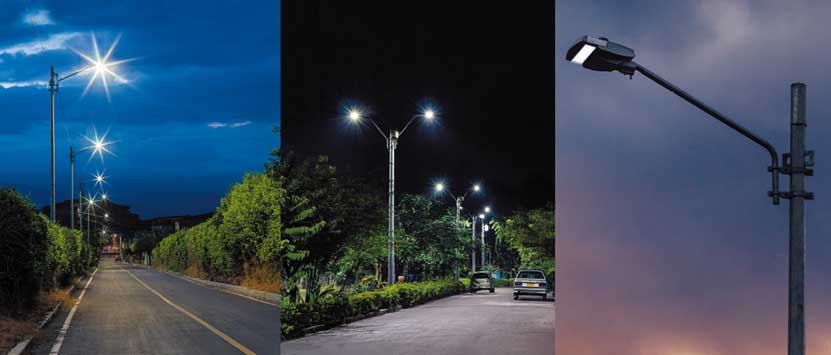
COMI Lighting's 120W LED Street lamps projects in Malaysia, 500 pieces, customers chose dimming power supply + 7pin NEMA, and plugged in short-circuit caps to prepare interfaces for the upcoming smart city.
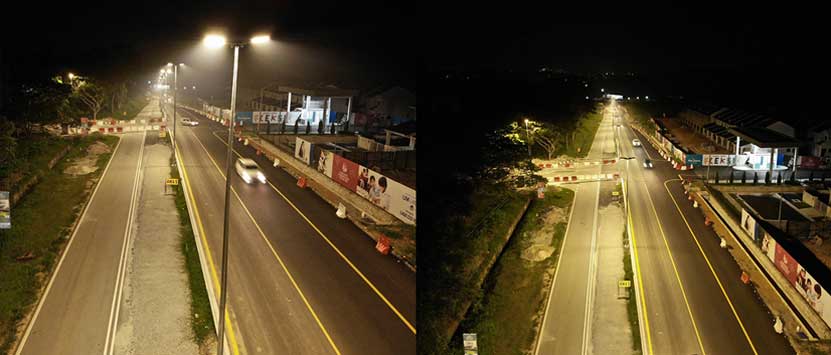
COMI Lighting's 150W LED Street Luminaires project in Vietnam, 55 pieces, dimmable power supply + 7pin NEMA, we also plugged in a single-lamp control module with Zigbee protocol for customers, and we can check its status at any time through the Internet.
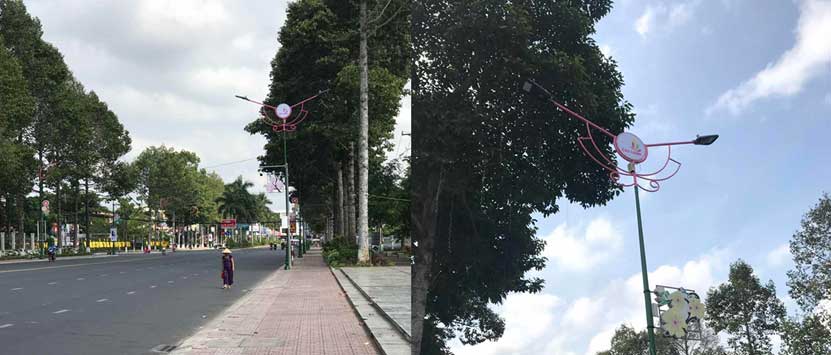
In the parking lot of a hospital in Panama We configured 3pin base + light controller for customers, it will light up by itself when the sun goes down, and they will automatically turn off when the sun rises, my customer said: “It’s so easy!”
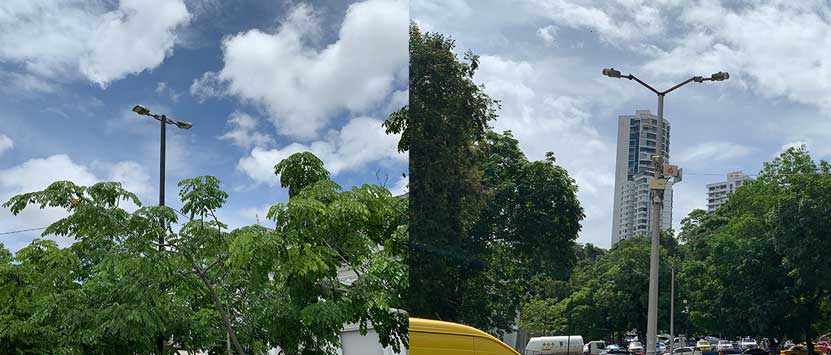
Overview
NEMA sockets are power sockets that comply with the National Electrical Manufacturers Association (NEMA) standards for electrical connections. This is common on street lights. Common ones include 3-pin, 5-pin, and 7-pin NEMA sockets. With the advancement of technology, more and more projects require LED street lights to be equipped with NEMA bases to install various controllers. Understanding the NEMA base is very useful for choosing the right NEMA socket. We often need to consider the type of controller or the communication protocol. In addition, we also introduced some road lighting projects of COMI Lighting, many of which applied NEMA sockets. Interested friends can contact us for more project information.